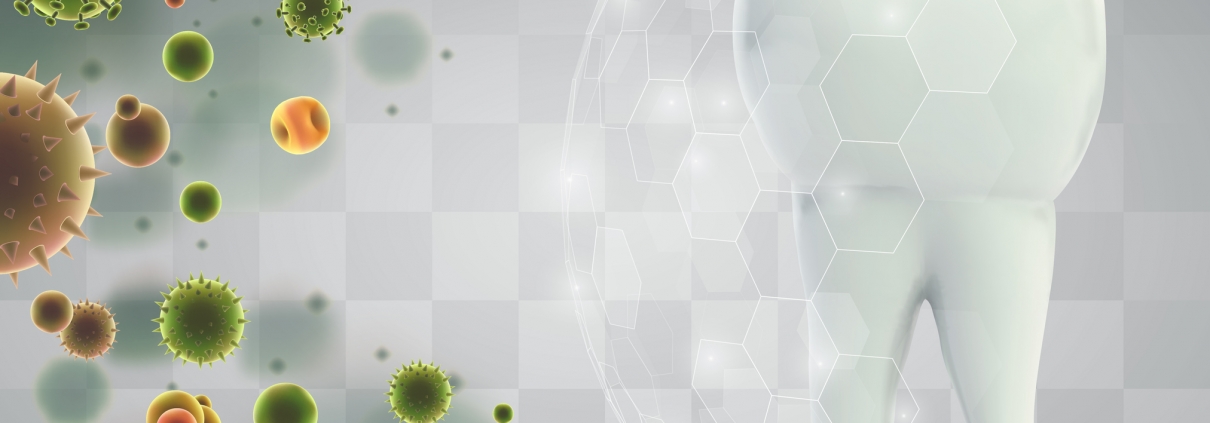Disease-Causing Microbes in the Mouth
The human mouth is a bustling ecosystem, home to a vast array of microorganisms, including bacteria, viruses, fungi, and other microbes. While many of these microbes play beneficial roles in maintaining oral health, some can cause diseases and oral infections when their balance is disrupted. In this article, we will delve into the world of disease-causing microbes in the mouth, discussing their types, the conditions they can lead to, and the importance of maintaining a healthy oral microbiome.
Types of Disease-Causing Microbes in the Mouth
Bacteria:
Bacteria are the most common type of microorganisms in the oral cavity. While many are harmless or even beneficial, some species can cause oral diseases. Common disease-causing oral bacteria include Streptococcus mutans (causing cavities), Porphyromonas gingivalis (associated with gum disease), and Aggregatibacter actinomycetemcomitans (linked to periodontitis).
Viruses:
Certain viruses can infect the oral tissues, leading to various diseases. Herpes simplex virus (HSV), for example, can cause oral herpes (cold sores). Human papillomavirus (HPV) is another virus linked to oral cancers.
Fungi:
Candida species, particularly Candida albicans, are fungi that can cause oral thrush, a condition characterized by white patches on the tongue and inner cheeks.
Protozoa:
Though less common, protozoa like Trichomonas tenax can contribute to oral infections in some individuals, especially those with compromised immune systems.
Diseases and Conditions Caused by Oral Microbes
Tooth Decay (Cavities):
Streptococcus mutans and other acid-producing bacteria feed on sugars and release acids that erode tooth enamel, leading to cavities.
Gum Disease:
Gingivitis and periodontitis are inflammatory conditions of the gums caused by the buildup of plaque, a sticky film of bacteria. If left untreated, they can lead to tooth loss.
Oral Herpes (Cold Sores):
HSV-1 and occasionally HSV-2 can cause painful sores on the lips, inside the mouth, and on the gums. These sores can recur periodically.
Oral Thrush:
Candida albicans overgrowth can result in oral thrush, characterized by white, cottage cheese-like patches on the tongue, inner cheeks, and throat.
Oral Cancer:
Certain strains of HPV have been linked to oral cancer. Prolonged exposure to tobacco and alcohol increases the risk of oral cancer in combination with HPV infection.
Prevention and Maintenance of Oral Health
Maintaining a healthy oral microbiome is crucial in preventing disease-causing microbes from thriving. Here are some key steps:
Oral Hygiene:
Brush your teeth at least twice a day with fluoride toothpaste and floss daily to remove plaque and reduce the risk of cavities and gum disease.
Regular Dental Check-ups:
Visiting your dentist for regular check-ups and cleanings helps detect and address oral health issues early.
Balanced Diet:
Limit sugary and acidic foods and drinks, as they promote the growth of harmful bacteria. Consume a diet rich in fruits, vegetables, and dairy products for strong teeth and gums.
Avoid Tobacco and Excessive Alcohol:
Smoking and heavy alcohol consumption increase the risk of oral diseases, including oral cancer.
Safe Oral Practices:
Practice safe oral hygiene habits, such as not sharing toothbrushes or utensils, and using protection during intimate activities to prevent the transmission of viruses like HPV.

